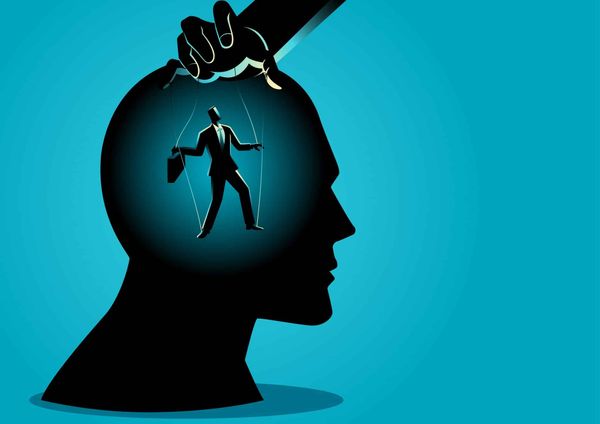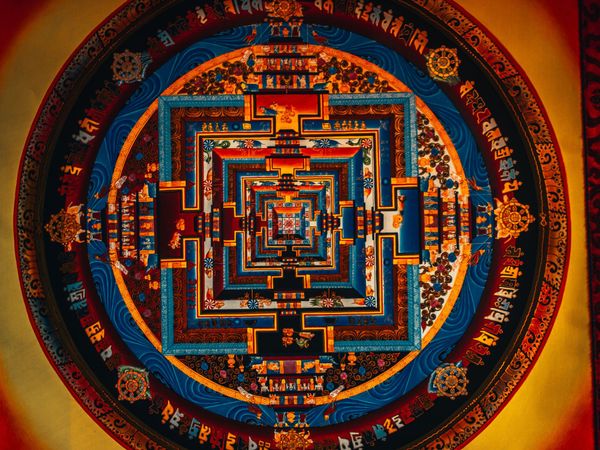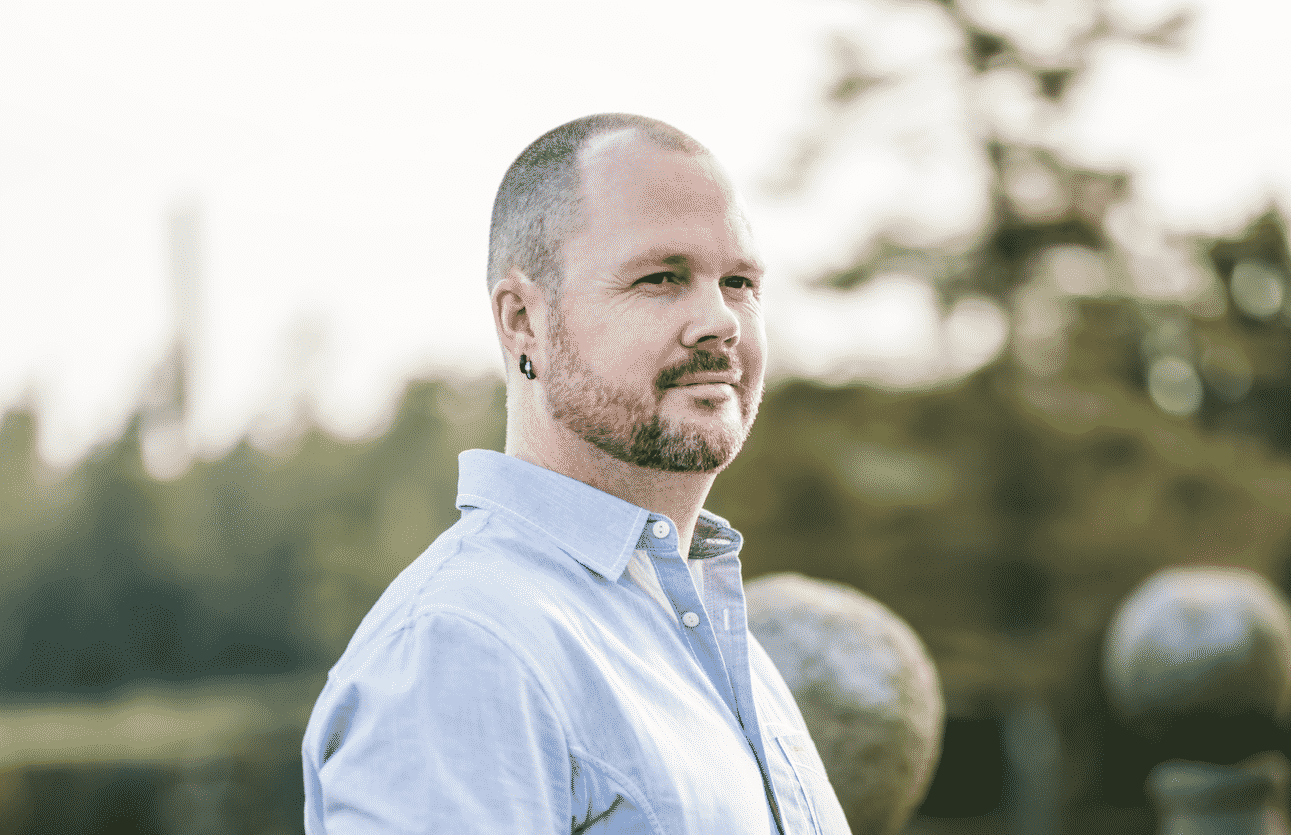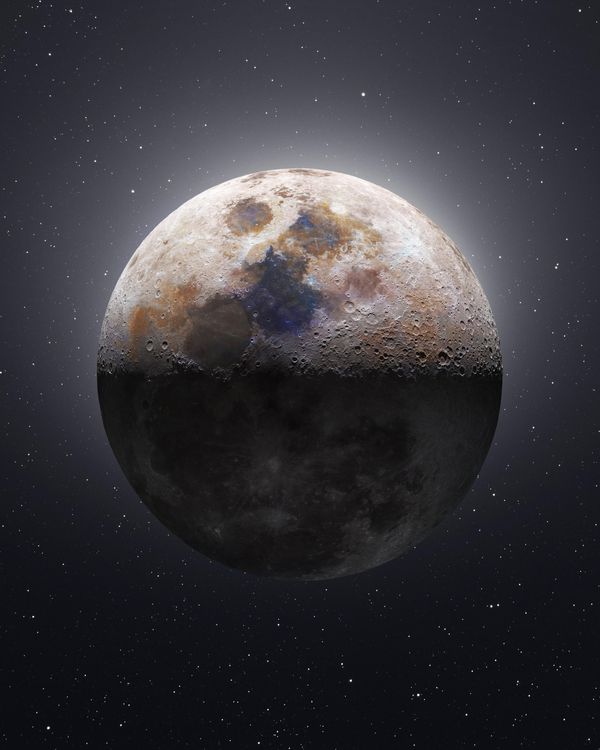Jordan Bates • • 11 min read
We’re Living in the Most Peaceful and Prosperous Period of History, But There’s a Catch
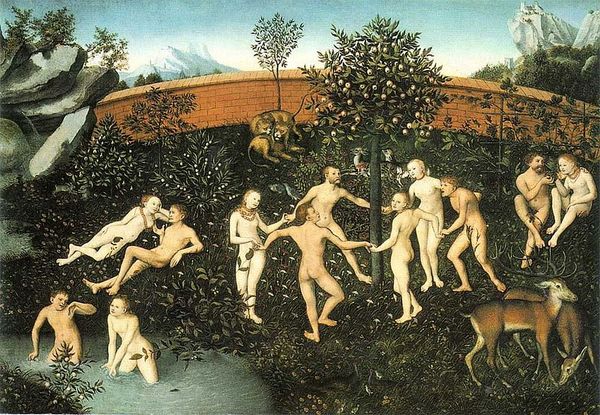
By many metrics, the 21st century is the most peaceful and prosperous period of human history.
It might not seem that this is true. In fact, it might seem like the world is going crazy and getting worse.
If that’s your perception, you’re not alone. The data, however, tell a different story. One hypothesis for why this mismatch between perception and reality exists: we have exponentially greater access to information than ever before. As Ray Kurzweil put it:
“People think the world’s getting worse, and we see that on the left and the right, and we see that in other countries. People think the world is getting worse… That’s the perception. What’s actually happening is our information about what’s wrong in the world is getting better. A century ago, there would be a battle that wiped out the next village, you’d never even hear about it. Now there’s an incident halfway around the globe and we not only hear about it, we experience it.”
We’re now hyper-aware of all that is wrong in the world, but we shouldn’t mistake this for proof that the world has gone to shit. To the contrary, evidence suggests that we may well be in the midst of the most idyllic age humanity has yet experienced.
You might wonder how that could be possible, given that “the news” is always packed with tragedy and bloodshed. As the late comedian Richard Jeni put it:
“They should just call it The Bad News. The bloodiest, most disgusting things that happened today packed into a half an hour, right before you go to bed. You thought you were scared before…”
In a world of 7 billion people, it will always be possible to cherrypick the daily tragedies worldwide and find enough substance to fill up newspapers and broadcasts. And this is essentially what news outlets do. You never see headlines like, “This Just In: 6 Billion People Lived Lives of Relative Peace and Prosperity Today,” or “Breaking: Hundreds of Millions of People Have Been Lifted Out of Extreme Poverty in the Last Few Decades.”
The tragedy-focused nature of news seriously warps our collective perception of the world. A powerful corrective is to stop paying attention to ephemeral news stories and investigate long-term trends instead. When you do, a much different picture of the world emerges—a picture of astounding progress and promise.
Let’s take a look at some of the data to back up this surprising claim.
Global progress: 11 charts that show how the world is getting better
Poverty is disappearing
In 1820, 94% of the people on Earth were living in extreme poverty. In 2015, that figure had dropped to a mere 9.6%:

China and India alone have lifted over 800 million people out of poverty in roughly three decades:

[It should be noted that in absolute terms, 700 million people globally are still living in extreme poverty, and about 20 million people die each year from poverty-related causes. This is an unspeakable tragedy that we must work to solve. However, when you consider that about 6.8 billion people (90.67% of global population) aren’t living in extreme poverty, and 7.48 billion people (99.73% of global population) don’t die from poverty each year, you can appreciate the progress that has been made. Our systems are doing a fairly unbelievable job of meeting most people’s basic needs, though there is yet a long way to go to reach a poverty-free world.]
War and violence have declined immensely
Compared to prehistoric societies, people in modern nation-states are far, far less likely to die because of war. Even in the 20th century, which witnessed World War II, the percentage of humans who died in war was substantially lower than the average for prehistoric societies. And as you can see, the percentage of war-caused deaths globally in 2005 was so low that it doesn’t even register on this scale:

In his book, The Better Angels of Our Nature, which I highly recommend, Stephen Pinker employs an exhaustive data analysis to demonstrate that we live in the least violent period of human history. This chart, which is taken from the book, shows that European countries saw a tenfold-to-fiftyfold decline in homicide rates between the late Middle Ages and the 20th century:

And in the last 70 years, the world has seen an unprecedented decline in war. You can watch this excellent video for a great breakdown of this trend. As you can see, colonial and interstate war are now virtually non-existent. Granted, it’s possible that this trend could represent an anomalous lull that won’t last, but with every passing decade, there is more reason to be optimistic that it will continue:

Infant mortality rate and death rate have diminished greatly
Since 1960, the global infant mortality has decreased from ~120 per 1,000 live births to ~30:

And the global death rate has decreased from ~18 per 1,000 people to ~8:

Infectious diseases are being managed/prevented/eradicated much more effectively
Thanks to the widespread dissemination of vaccines and better medical care, as well as the lifting of people out of poverty, infectious diseases are becoming less and less prevalent:

This chart demonstrates the awesome power of modern medicine to rescue humanity from the plight of disease. In 1900, 800 out of 100,000 people in the US died of infectious disease each year. By 1996, that number was < 100:

Many more kids are receiving education
These two charts demonstrate the meteoric rise of education and literacy rates globally since 1820:

People are living a lot longer
In 1960, the average person in the world lived to be about 52 years old. Now, the average person lives to be ~72:

The significance of these charts
I see this data as immensely important—a cause for optimism and celebration. It’s deeply heartening to see how far humanity has come in terms of creating a more peaceful and prosperous world. It makes me optimistic that it is within our reach to create a veritable utopia—a world in which rates of violence are extremely low and everyone’s basic needs are met.
One of the most important things about this data, in my opinion, is the way in which it counteracts historical amnesia and serves as an antidote to the common perception that the world is going to hell. Due to the rise of the Internet and social media, we now live in a steady stream of information about events all over the world. As Ray Kurzweil suggested in the quote I included in the introduction, this situation skews our perception of the nastiness of the human enterprise dramatically. It’s now possible for well-intentioned individuals to masochistically inundate their minds/hearts with a steady stream of tragedies. If one wants, one can find on the Internet a never-ending, ever-growing list of reasons to think that our current world is akin to Hades.
And it seems that in general the average person is having a hard time escaping this grim notion. Though it has an admittedly small sample size, this Twitter poll I conducted is indicative of the common perception of 21st-century Earth:
is the world more like a utopia or dystopia right now?
— Jordan Bates ࿊ (@_jordan_bates) September 7, 2016
I too used to feel much more hopeless about the state of the world. After discovering a lot of data of the sort I’ve included in this post, I experienced a revolutionary shift in perspective. A colossally empowering expansion of understanding. I now feel far more optimistic about the direction of humanity and believe we are more or less in a period of mass flourishing the likes of which has never been seen on Earth. Beyond all of the beautiful trends documented in these charts, most humans now have access to most or all of the following life-enhancing technologies: electricity, the Internet, running water, sewage systems, farming technology, music-playing devices, smartphones, heating/cooling apparatuses, shelter, books, and more.
This is truly extraordinary. Of course, this knowledge of the relative peacefulness/prosperity of our current world shouldn’t prompt us not to care about addressing the serious global issues which remain unresolved. However, knowing what we know, we can work to improve the world from a place of rational optimism, not panicked pessimism. And we can better appreciate all that is unprecedentedly marvelous about this historical moment.
If you want even more surprising data showing other ways the world is improving, I recommend this great article from Vox.
The huge thing this analysis misses
There is, unfortunately, one enormous factor that this analysis overlooks. I would be remiss if I failed to mention it. That factor is existential risk.
Although the world is by many measures better, the risks we now face as a species are greater than ever. There are now far more global catastrophic risks—what Nick Bostrom calls “existential risks”—than at any other point in history. In 2008, a group of experts at the Global Catastrophic Risk Conference at Oxford suggested that there is a 19% chance of human extinction before 2100.

Humanity seems to be progressing toward a state of mass flourishing, but simultaneously the chance that the entire enterprise could crumble into dust is greater than ever. It is for this reason that Elon Musk and others are attempting to colonize space and transform humanity into a multi-planetary species. If our species were to erect a self-sustaining civilization on another planet, the chances of our extinction would be greatly reduced.
One might be tempted to look at these existential risks and say that the world is in fact worse than ever and that the development of high technology has been a tragic misstep in the evolution of earthly life. I disagree with this appraisal for multiple reasons. I won’t delve deeply into those here, except to cite my primary reason for disagreement, which Nick Bostrom points out in his pioneering 2002 paper on existential risk: with or without high technology, an extinction event will eventually occur. Whether an asteroid impact or supervolcano eruption or the eventual death of the sun, some cataclysmic event will eventually wipe out earthly (intelligent) life, in the absence of any means of preventing/avoiding the cataclysm. High technology is our species’ only hope of addressing/averting these natural existential risks and of eventually leaving the Earth to avoid extinction altogether and persist into the deep, deep future. Our species (and all life on Earth) will eventually die out without high technology, so I think we need it; unfortunately, with its boons come monumental dangers.
A caveat regarding ecocide/climate change/global warming
You might find it strange that climate change/ecocide/global warming or something along those lines isn’t listed as a major existential risk in the chart I included above. “Runaway global warming” is, in fact, an existential risk and is discussed in the paper I referenced above by Nick Bostrom.
Most experts don’t think climate change, on its own, is especially likely to cause the total extinction of humanity. However, it should be noted that climate change is still a major risk factor for humanity, in that it is likely to increase the likelihood that other extinction scenarios will occur. More climate change means more mass migrations and a potentially ever-worsening refugee crisis, which is likely to foment tensions and destabilize existing equilibria in international relations, making war and/or terrorism more likely.
I should also say that I don’t think the various ecological crises we’re currently facing on Earth are best viewed through a purely anthropocentric lens. That is, they should not be viewed exclusively in terms of their effect on humanity. We are presently in the midst of the largest earthly extinction event in 66 million years, and we humans are the primary cause. On a semi-related note, we raise and kill tens of billions of animals each year in our “factory farms,” often in brutally inhumane ways.
I mention these things to make the point that humanity’s Darwinian hyper-dominance and current mode of existence on Earth are decidedly not doing wonders for the rest of the biosphere/other species. Of course I see that this is to some extent inevitable, given that Earth contains finite land and resources and given that 7 billion human beings simply require a fuck ton of land and resources to survive. Nonetheless, we can do much better than we are currently. In my view, we must transition to more sustainable, regenerative, humane paradigms not only because doing so is potentially an imperative aspect of existential risk aversion, but because we feel compassion for non-human lifeforms and place value upon reducing their suffering.
In sum
It is my deepest hope that we grasp the magnitude of the existential risks we face, do all that we can to address/avert them, and continue on our current trajectory toward mass flourishing. I believe existential risk is the largest issue humanity faces now and for the foreseeable future. Thankfully, organizations such as the Future of Life Institute, the Future of Humanity Institute, the Centre for the Study of Existential Risk, and the Global Catastrophic Risk Institute are researching existential risks and the most effective means of addressing/averting them. In my opinion, the average person can help mitigate existential risk by raising awareness (share articles like this one) and by living sustainably, minimalistically, compassionately, cooperatively, and non-dogmatically.
A version of this essay was originally published on Refine The Mind.
Resources
If you’re interested to know/think more about existential risk, I recommend the following:
— Existential Risks: Analyzing Human Extinction Scenarios and Related Hazards by Nick Bostrom
— This list I compiled on Twitter of the best sources of information on existential risk
— The Wikipedia page on global catastrophic risk
— Sam Harris’ Ted Talk on superintelligent AI as an existential risk
— My blog post on Jordan Greenhall’s thought on global collapse
— My essay on why humanity must become a multi-planetary species
— These two interviews Daniel Schmachtenberger did with the Future Thinkers (#1 | #2)
— Vinay Gupta’s original two-part interview with the Future Thinkers Podcast (#1 | #2)
— Wait But Why’s two-part introduction to the prospect of superintelligent AI (#1 | #2)
If you’re interested to think more about how you can help the world at this crucial historical juncture, I recommend:
— 80,000 Hours
— The Global Priorities project
— Sam Harris’ interview with Will MacAskill, the founder of effective altruism
— My two essays on effective altruism (Essay 1 | Essay 2)
— This list I compiled on Twitter of the best sources of information on effective altruism
Further study:
The Better Angels of Our Nature: Why Violence Has Declined by Stephen Pinker

“Believe it or not, today we may be living in the most peaceful moment in our species’ existence. In his gripping and controversial new work, New York Times bestselling author Steven Pinker shows that despite the ceaseless news about war, crime, and terrorism, violence has actually been in decline over long stretches of history. Exploding myths about humankind’s inherent violence and the curse of modernity, this ambitious book continues Pinker’s exploration of the essence of human nature, mixing psychology and history to provide a remarkable picture of an increasingly enlightened world.”
You can buy it on Amazon or read the key findings for free on Blinkist.

Jordan Bates
Jordan Bates is a lover of God, father, leadership coach, heart healer, writer, artist, and long-time co-creator of HighExistence. — www.jordanbates.life

